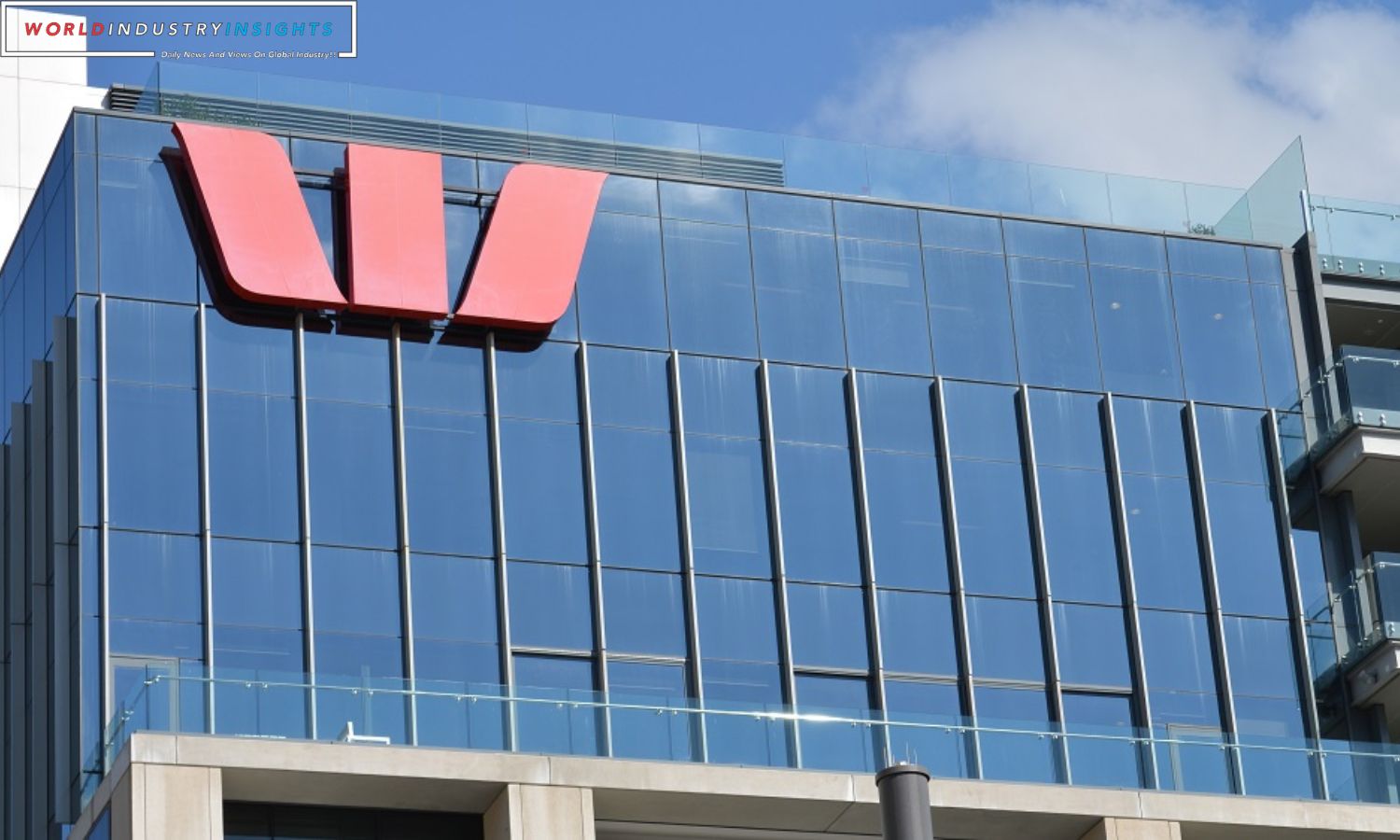Westpac Strong Annual Profit: Westpac, Australia’s second-largest lender, reported a robust annual profit increase of 25% on Monday. This remarkable performance was driven by a surge in business lending and one-time gains, effectively offsetting a decline in its primary mortgage unit. Consequently, Westpac’s shares saw a positive response in the market.
The results underscore the changing landscape for Australia’s retail banks. They are increasingly diversifying their revenue streams beyond the traditional earnings from mortgages, particularly as higher interest rates have led to increased repayment costs and intensified competition, which has squeezed profit margins. In response to these challenges, major Australian banks, including Westpac, Commonwealth Bank, National Australia Bank, and ANZ, had previously resorted to offering cash incentives to attract borrowers. However, they largely curtailed this practice in 2023, acknowledging that it resulted in sacrificing profits to gain market share.
Westpac’s consumer division, which holds just over one-fifth of Australian mortgages, reported a 7% decline in profit for the full year ending in September. Nonetheless, the bank’s smaller business and institutional units delivered significant profit growth, while the company managed to reduce one-time costs, including losses from the sale of assets. Overall, Westpac’s profit surged by 26% to A$7.2 billion ($4.7 billion), in line with analyst expectations. The bank also announced a stock buyback of A$1.5 billion, a strategy used by companies to stimulate demand for their shares.
As a result of this positive news, Westpac’s shares gained 3.7% during mid-session trading, contributing to a 0.3% increase in the broader market. Analysts reacted positively to the buyback and the bank’s statement that it had begun winning back mortgage customers it had lost earlier in the year.
Also Read: Westpac Quarterly Results: Profits as Expected, But Higher Costs Rattle Markets
Although Westpac refrained from providing specific profit forecasts, it acknowledged that trading from April to September had been more challenging than the previous six months and that this trend was expected to persist into 2024. During this period, the bank managed to regain some of the mortgage customers it had lost. However, the net interest margin, a key metric that measures interest income from loans minus payouts to deposit account holders, narrowed slightly from 1.9% to 1.84%.
Westpac also disclosed that its total “stressed” loan exposure had increased to 1.26% of its total loan book, up from 1.07% in 2022. However, this level remained below historical standards, indicating that borrowers are prioritising repayments and unemployment rates are low.
CEO Peter King expressed concerns about potential challenges arising from geopolitical conflicts, including the Middle East and Ukraine, which may impact demand. Furthermore, he suggested that Australia might face an extended period of high interest rates due to necessary spending on infrastructure, energy transition, and housing. King noted that if these circumstances materialise, interest rates may need to be higher than currently anticipated.
Westpac announced a final dividend of 72 Australian cents per share, up from 64 Australian cents in the previous year, reflecting the bank’s confidence in its financial position.
Our Reader’s Queries
What is the annual profit of Westpac?
Westpac has reported a significant increase in its yearly net profit, reaching $7.2bn. Despite the growing concern of mortgage stress among its customers, the major bank has decided to distribute some of its surplus funds to shareholders. This move highlights the bank’s commitment to providing value to its investors while navigating the challenges of the current economic climate.
Is Westpac a strong bank?
Westpac, the second-largest bank in Australia, holds a significant 19% of the country’s total assets. Its strong presence extends to New Zealand, where it is among the top four banks, commanding a 19% market share in total assets.
How much does the CEO of Westpac earn?
Peter King is the current CEO of Westpac Banking, having taken on the role in December 2019. He is expected to serve for a total of 4.08 years. His yearly compensation amounts to A$5.74M, with 42.4% coming from his salary and 57.6% from bonuses, which include company stock and options. Additionally, King directly owns 0.006% of the company’s shares, which are valued at A$4.89M.
What is the annual revenue of Westpac Banking Corporation?
Westpac Banking’s latest financial reports reveal that the company’s current revenue (TTM) stands at $7.83 B. In 2023, the company’s revenue increased to $13.76 B, surpassing the previous year’s revenue of $13.29 B. Revenue is the total income generated by a company through the sale of goods or services.


